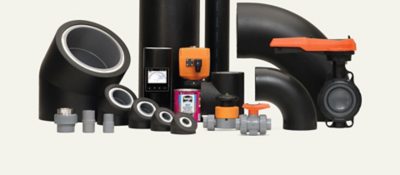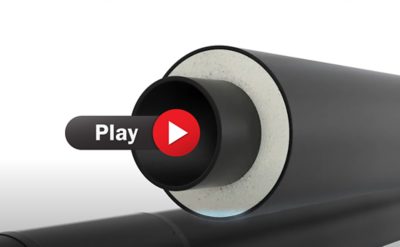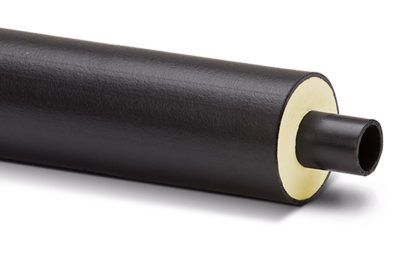
Cutting edge pre-insulation piping technology is the key to run an energy-efficient manufacturing facility
- A high-grade pre-insulation system increases the energy efficiency significantly compared to post-insulated metal piping systems.
- Using a water and vapor sealed cooling circuit not only prevents energy loss but also has a huge impact on costs and energy consumption.
Pre-insulated polyethylene pipes in air conditioning chilled water systems make passenger ships more efficient
- HVAC systems on passenger ships are are energy intensive, and when they are designed with post-insulated steel pipes, the overall power consumption is inefficient.
- A lighter and pre-insulated plastic piping system has proven to decrease fuel consumption and reduce GHG-emissions. Read the study here.

Environmental performance
Life Cycle Assessments (LCAs) are a science-based tool used to evaluate a product's environmental performance over its complete life cycle. LCAs serve as basis for Environmental Product Declarations (EPDs).
The entirely pre-insulated plastic piping system is a lightweight, long-lasting, and cost-effective solution for air conditioning and refrigeration applications. Now, COOL-FIT has been assessed with an Environmental Product Declaration (EPD). For added transparency, GF Industry and Infrastructure Flow Solutions has now assessed the COOL-FIT range with an EPD in accordance with ISO 14025 and EN 15804. An EPD is a standardized, third-party verified document that uses scientifically quantified data from Life Cycle Assessments to estimate environmental impacts and enable comparisons between similar products.
Read the full report here
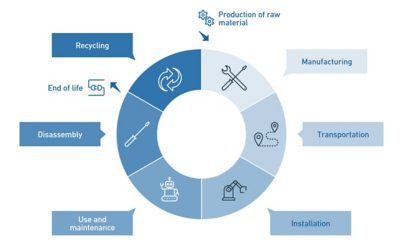
Example of weight savings and reduced carbon footprint in a Food Production Facility
Based on the weight savings comparison below between COOL-FIT PE Plus, Carbon Steel SCH40 and Stainless Steel SCH10, we plugged in the numbers into the EPA Greenhouse Gas Equivalencies Calculator to illustrate energy and emissions data. This free calculator is available here: Greenhouse Gas Equivalencies Calculator | US EPA
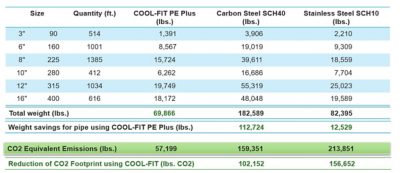
Results based on a saving of 156,652 Pounds of CO2 equivalent
This is equivalent to greenhouse gas emissions from:
- 15.8 gasoline-powered passenger vehicles driven for one year
This is equivalent to CO2 emissions from:
- 7,996 gallons of gasoline consumed
- 79,594 pounds of coal burned
- 9 homes' energy use for one year
- 13.8 homes' electricity use for one year
- 164 barrels of oil consumed
- 8,643,458 number of smartphones charged
Lynne Weaver of Three Weavers Brewing Company discusses insulation and efficiency
Please accept all cookies to view the external content.

